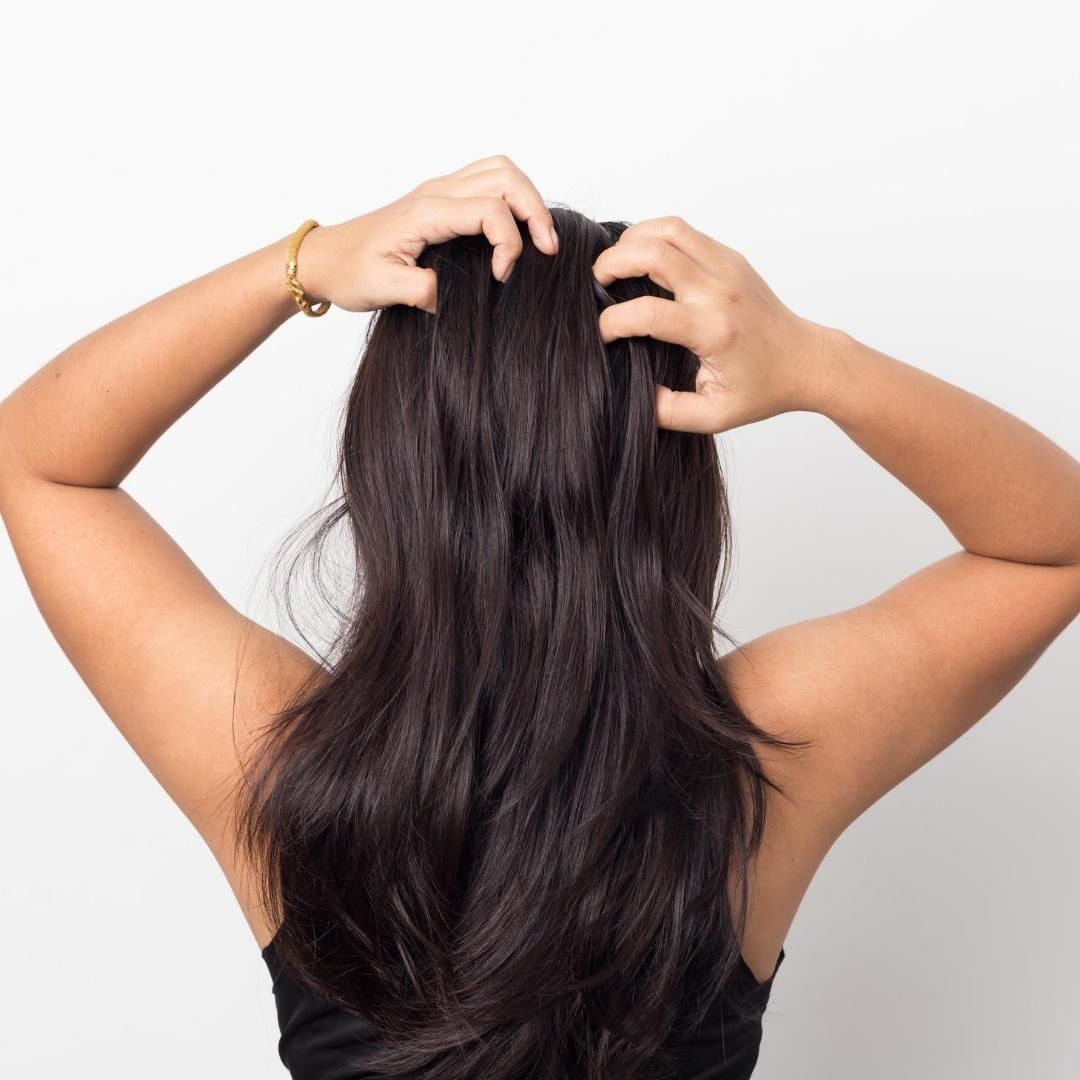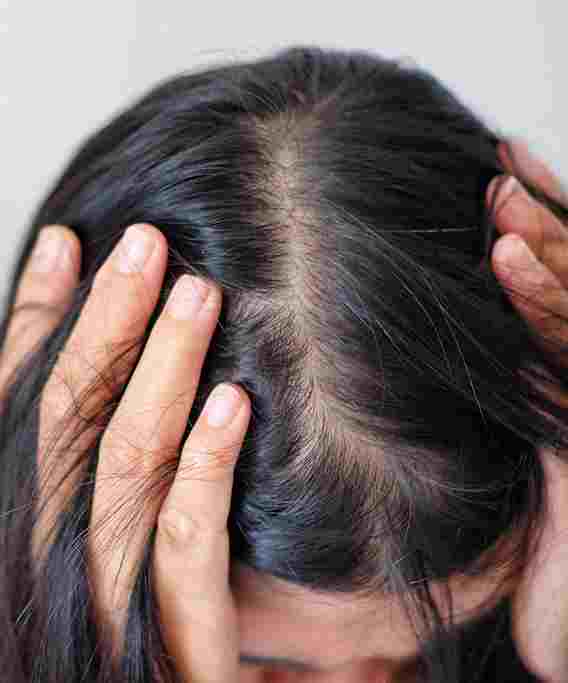Female pattern hair loss
Table Of Content

Although more research is needed, it’s possible that treating this deficiency could help with hair regrowth. Any type of hair thinning can feel particularly worrying, especially if the reason behind it is unknown, therefore it’s important to understand what might be causing the issue. Dr Bhavini Shah from LloydsPharmacy Online Doctor explains eight possible causes of thinning hair in women. Female pattern baldness will progress without treatment.
iron
Another FDA-approved laser product is the Theradome LH80 PRO® helmet and low-light laser helmets and caps. These molecules react with others to cause oxidative stress, which can harm cellular DNA. A 2018 review found that cells in the hair follicles of scalps with hair loss are extremely sensitive to oxidative stress. Some research, including a 2024 review, suggests that there may be a connection between vitamin D deficiency and alopecia.
Are you losing your hair? A dermatologist breaks down some FAQs.

Tinea capitis, also called ringworm of the scalp, is a fungal infection that can affect the scalp and hair shaft. Over time, if not treated early, the size of the patch or patches will increase and fill with pus. This type of hair loss typically resolves on its own once the underlying cause is addressed. This is a procedure in which your doctor removes hair from a part of your scalp where hair growth is full and implants it into an area where hair is thinning. Once the stress goes away, your hair may get back to normal in 6-9 months. Because hair is constantly falling out and growing, hair loss often goes unnoticed.
Rosemary oil and hair growth: Research, effectiveness, and tips - Medical News Today
Rosemary oil and hair growth: Research, effectiveness, and tips.
Posted: Wed, 15 Nov 2023 08:00:00 GMT [source]
Women and Hair Loss: Causes
Female pattern baldness is easy to recognize, so you don’t necessarily need a healthcare provider to diagnose it. However, a healthcare provider can confirm it during a physical exam of your scalp. They’ll ask you about your medical history, including when you started noticing hair loss and whether you have a family history of hair loss or baldness. Your provider will note the width of your center part and any areas of your scalp showing signs of thinning or balding. Female pattern baldness is a type of hair loss that’s more gradual than telogen effluvium. It’s not known exactly what causes female pattern baldness.
Harvard Health Ad Watch: New drug, old song, clever tagline
Many people think that hair loss only affects people assigned male at birth (AMAB). However, studies show that more than 50% of people assigned female at birth will experience noticeable hair loss. The most significant cause of hair loss in women is female-pattern hair loss (FPHL). This affects about 30 million people in the United States. Depending on what’s causing your hair loss, it may be temporary or permanent.
For the purposes of this article, we use “male” and “female” to refer to a person’s sex assigned at birth. Your doctor gently scrapes skin samples from your scalp and sends them to a lab for testing. Looking at your scalp lets your doctor check for any infections or swelling and see where your hair’s falling out.
What are the symptoms of hair loss?
The best way to slow or stop hair loss is to find and address the underlying cause. Hair loss stemming from factors such as childbirth, surgery, and stress can be temporary in some cases — a condition called telogen effluvium. “Bleaching, perming, and extreme hold hair sprays contain harsh chemicals that can cause hair loss by damaging the hair follicles and strands. Certain chemicals found in shampoos, conditioners, hair dyes, and styling products can strip the hair of its natural oils, leading to dryness, breakage, and hair loss. “Traction alopecia is a type of hair loss caused by prolonged pulling or tension on the hair follicles.
Alopecia areata affects up to 6.8 million people in the U.S. If you’d like to try acupuncture, a healthcare professional can offer a referral. You can also search the National Certification Commission for Acupuncture and Oriental Medicine directory. Your doctor can order blood tests to check your iron and zinc levels and recommend the right dose of supplement for your deficiency level.
The 14 Best Hair Growth Serums for Thicker, Fuller Hair - Health.com
The 14 Best Hair Growth Serums for Thicker, Fuller Hair.
Posted: Wed, 20 Mar 2024 07:00:00 GMT [source]
In the type of patchy hair loss known as alopecia areata, hair loss occurs suddenly and usually starts with one or more circular bald patches that may overlap. If the stress stops, your body will readjust and the excessive shedding will stop. When the shedding stops, most people see their hair regain its normal fullness within 6 to 9 months. Otherwise known as Aldactone, spironolactone works to treat hair loss by acting on hormones. Specifically, it binds to androgen receptors and decreases the body’s processing of testosterone. Androgenic alopecia causes the normal hair growth cycle to shorten.
However, progression is often slow, taking years to even decades to worsen. Your first stop would be to see your general practitioner (GP) who can perform a medical workup to exclude other reasons for hair loss. Your GP can refer you to a dermatologist for further management of FPHL.

A biopsy may also be taken if it is initially very unclear what the root causes may be. Alopecia areata is an autoimmune condition that causes your immune system to attack hair follicles, resulting in bald patches that can range from small to large. If you notice hair loss, talk to your doctor as soon as you can. When you see a doctor to see what's causing your hair loss, they’ll probably start with a physical exam and ask about your diet, family history, and medical history. They may ask whether any of your relatives have hair loss.
Because studies show that the following can help, your dermatologist may include one (or more) in your at-home treatment plan. This might be the case if someone has more than one cause. For example, a woman may have had a baby a few months ago, and this may be causing obvious hair shedding. She may also have early hereditary loss, which isn’t so obvious. Once your dermatologist has this information, it’s often possible to tell you what’s causing your hair loss. Effective treatment for hair loss begins with finding the cause.
Treatments can help people with certain types of hair loss. For conditions like alopecia areata that may affect children as well as adults, groups can provide emotional support and even help you buy wigs or find other ways to cope. Still, a dermatologist or other healthcare professional can offer more guidance on strategies to help minimize hair loss in the meantime. While some forms of AFAB hair loss are temporary, female pattern baldness is permanent and irreversible without treatment. Doctors often prescribe oral medications to be used along with topical minoxidil because studies show the combination boosts hair production. Low-dose oral minoxidil (prescribed off-label) has been found to be effective and safe for most patients, Mirmirani says.
Female hair loss happens when a woman, or anyone who was identified as female at birth, loses more hair than normal. About half of all women will have hair loss at some point in life. Most start to notice it in their 50s or 60s, but it can happen at any age and for a variety of reasons.
For symptoms of extreme inflammation, including stinging and acne-like bumps around the base of the hair, it’s a good idea to see a dermatologist. Depending on the severity, they may recommend corticosteroid injections for additional relief, she adds. If you lose significant hair, it’s important to protect your scalp. Wear a hat, scarf or other head covering when you’re in the sun, and apply sunscreen daily. Deficiencies in iron and zinc may contribute to hair loss, but getting enough of these vitamins may help prevent future hair loss and promote new growth. With PRP therapy for hair loss, this plasma is injected into your hair follicles.
Regular pulling on your hair via tight ponytails, braids, extensions, or weaves can cause traction alopecia—shedding caused by persistent tension, per the AAD. As for what that plan might look like, we asked dermatologists to break down the best hair loss treatments for women, depending on the root of the issue. Scalp ringworm, which is caused by a fungus, requires antifungal medication. Finasteride tends to be more effective if you begin taking it when you first notice hair loss. A dermatologist may also prescribe this medication to treat a woman who has hereditary hair loss and cannot get pregnant. While your hair may regrow on its own, your dermatologist may recommend treatment to help it grow more quickly.
Comments
Post a Comment